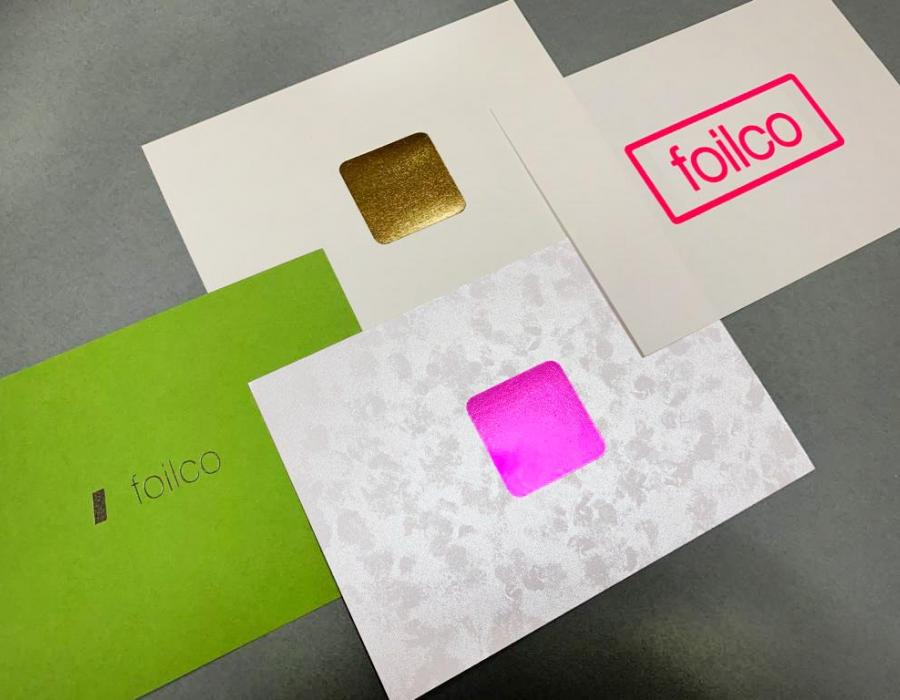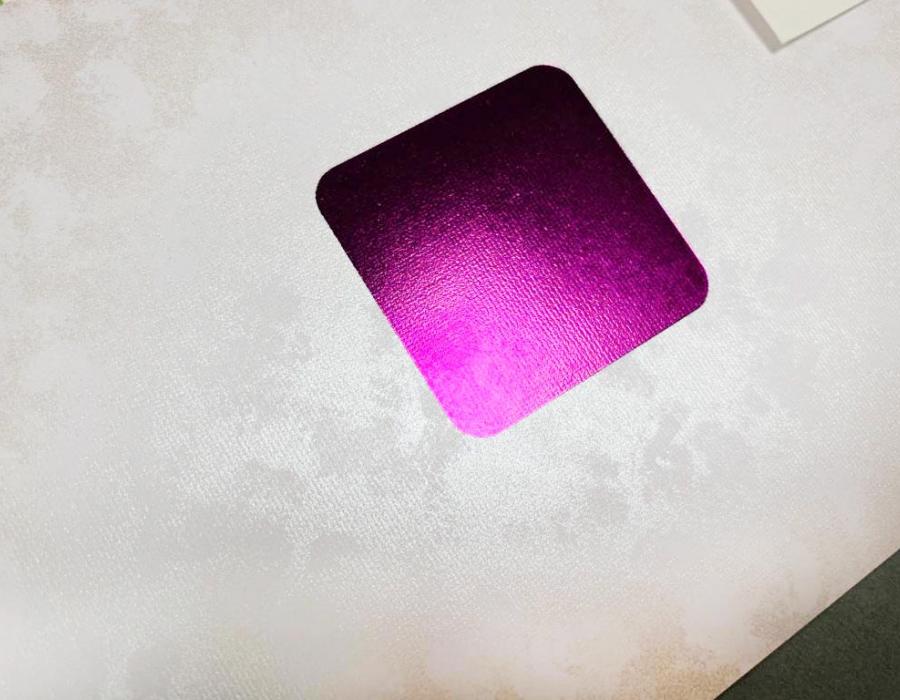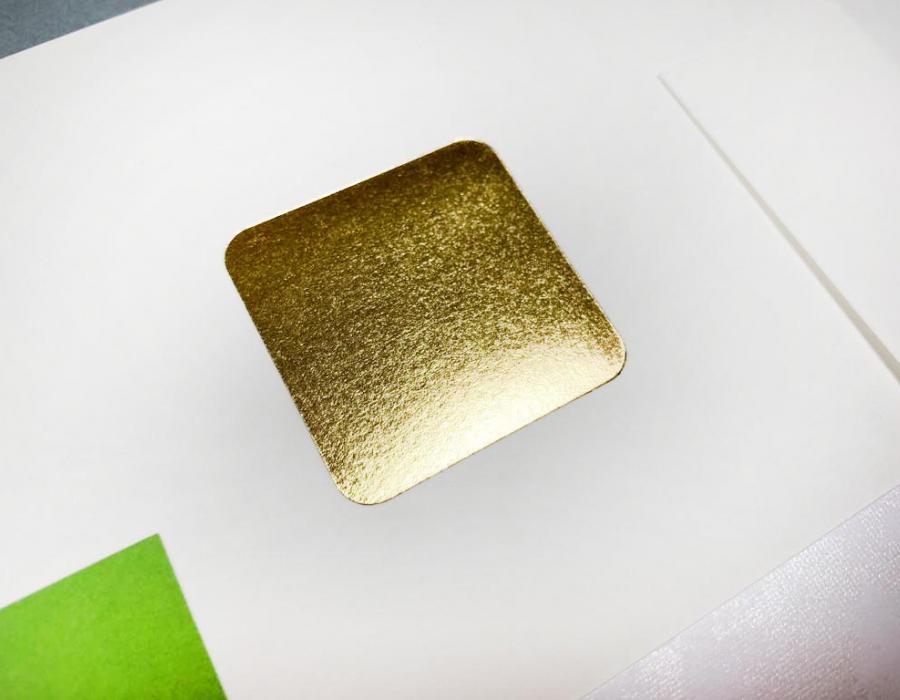When a publishing house creates the cover for a new literary book or a new edition of a classic, or when it designs a packaging, delivering an attractive design is not the only factor to be taken into account. It is equally important to make sure that these ideas can be properly executed by combining the right paper and the processing that it requires. This is why it is essential to consider the main difficulties that may be involved in each one of the techniques to be applied and choose the right solution to deal with them. This first post will focus on processes involving the application of inks to the substrate.


2. Stamping
Large masses: One of the most common difficulties is the stamping of large masses of solid colour, particularly if we take the larger amount of variables involved in this processing technique into account, as we saw in a previous post. For this purpose, lengthy pressure and heat time (long exposure) is required, as well as a soft make-ready material (preferably rubber) that will be conducive to a good adaptation of the paper mould and will therefore apply the necessary pressure to cover all the areas. On the other hand, if the aim is to make fine lines, then a hard make-ready material (generally glass epoxy or polyurethane) should be used, and a shorter transfer time.
Embossing: When stamping materials that are not smooth, a problem arises due to the difference in relief between the paper, which has volumes, and the mould, which is uniform. For this reason, the pressure applied must be sufficient to mark the entire surface, although the foil may subsequently lose its shape and overflow over the sides when pressure is applied. Moreover, the rear side of the material being stamped is more likely to be marked. This effect is not an issue for papers that are to be glued and whose back will not be visible (such as a book with hardback cover), although it is a problem if both sides of the paper will be visible (for example in magazine covers). In the second case, to prevent the appearance of marks it is advisable to avoid stamping on a soft make-ready material.
Carbon oxidation: one final concern that may arise when applying this technique is the use of metallic foils on black paper since they may oxidise if the substrate contains carbon to give it its hue. In this case, it will suffice to replace the material with another one that does not contain this component and oxidation will not take place. Guarro Casas’ black shades are not manufactured with carbon, meaning that this effect does not occur in our materials.

3. Screen printing
Large masses: As also occurs with stamping, covering large masses or surfaces with screen-printing also involves a certain difficulty. This processing technique involves allowing the ink to flow through some threads with varying degrees of separation which contain a wax that allows them to traverse certain areas but not others, depending on the design to be produced. In order to ensure that the ink mass is applied properly, the amount of threads and the viscosity of the ink needs to be adjusted to guarantee proper coating.
Material roughness: In embossing, it is essential that the deepest part of the relief be coated by the ink, making sure that the colour does not only stay at the top. For this purpose, particular attention must be paid to ink density, and only the most liquid ones should be selected as they will penetrate and cover the entire surface. Nevertheless, if an ink is too liquid it will run to the bottom of the embossing and will lead to printing errors in the ridges. In this case, a second shot can help to deliver a good result.
Dark substrates: Finally, this technique may involve another difficulty if we attempt to combine a dark-coloured substrate with drawings or lettering in light or pastel tones. Ink has a transparent matrix that leads the background on which it is applied to change colour, particularly if this tonal difference occurs. For example, if we apply yellow ink to blue paper the result could be green. To avoid these changes of hue, inks with better coating power should be used, or two shots performed (one white and one of the chosen colour).
